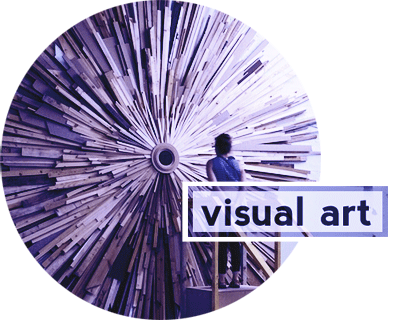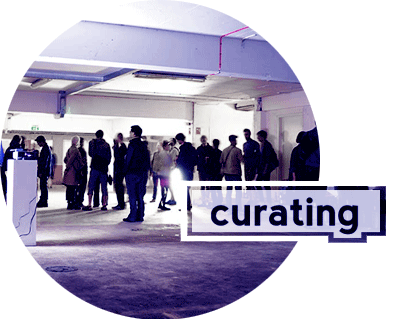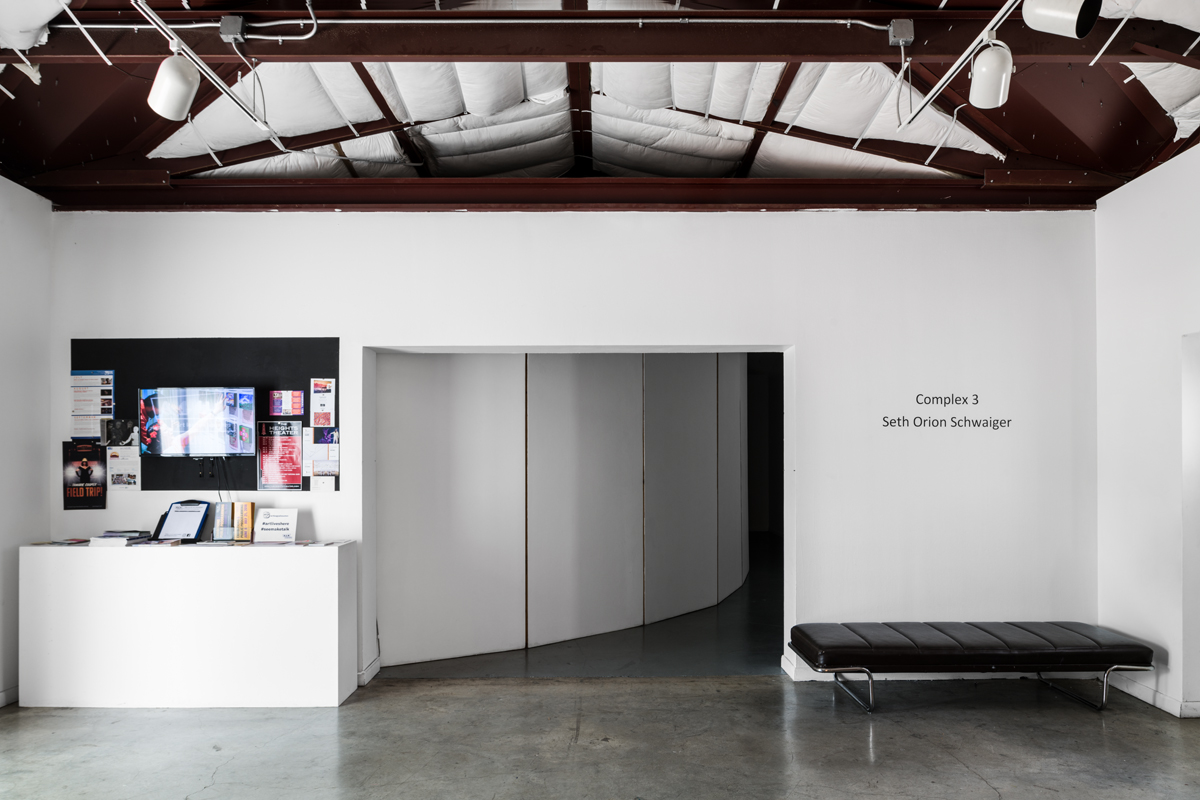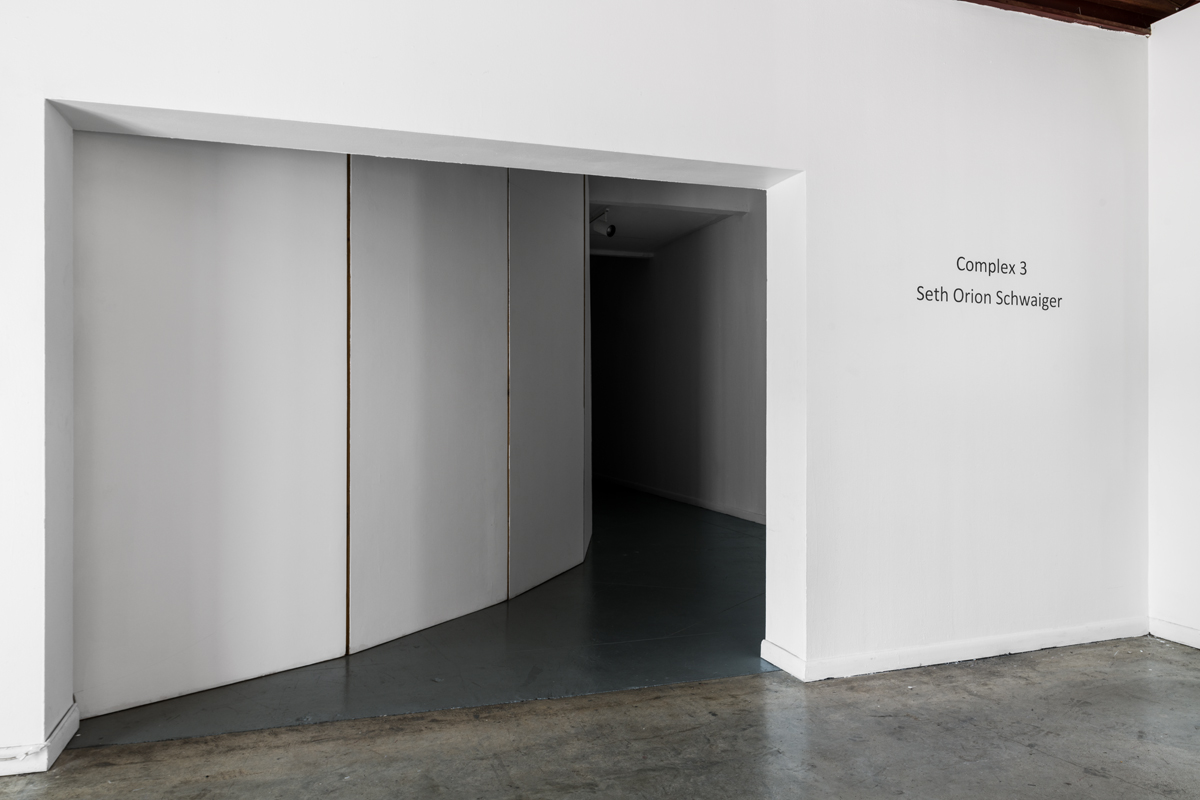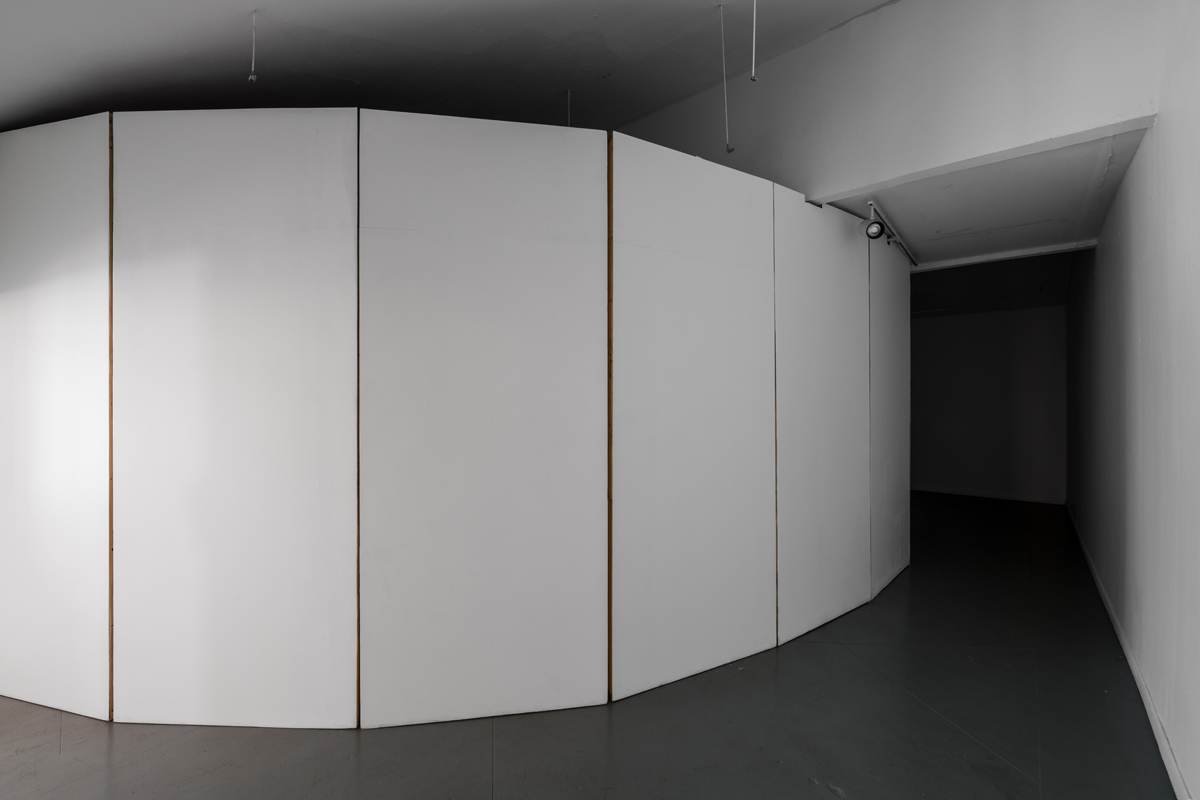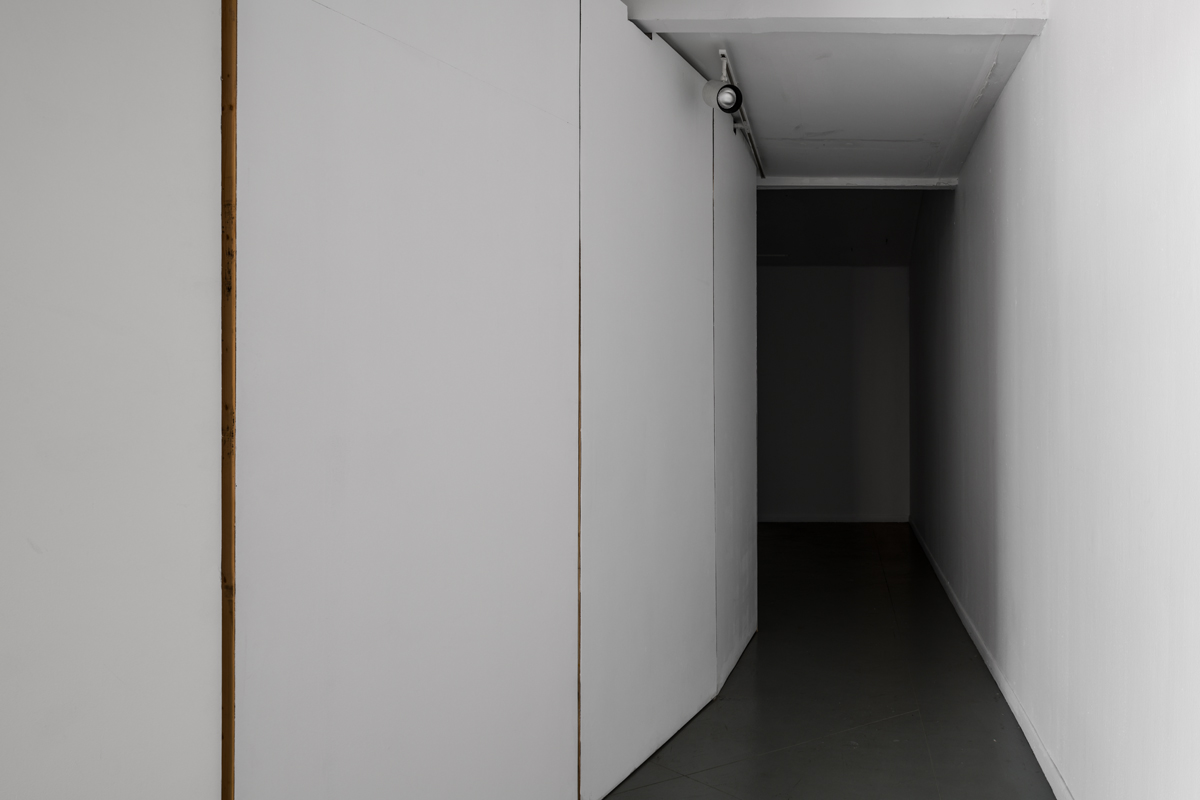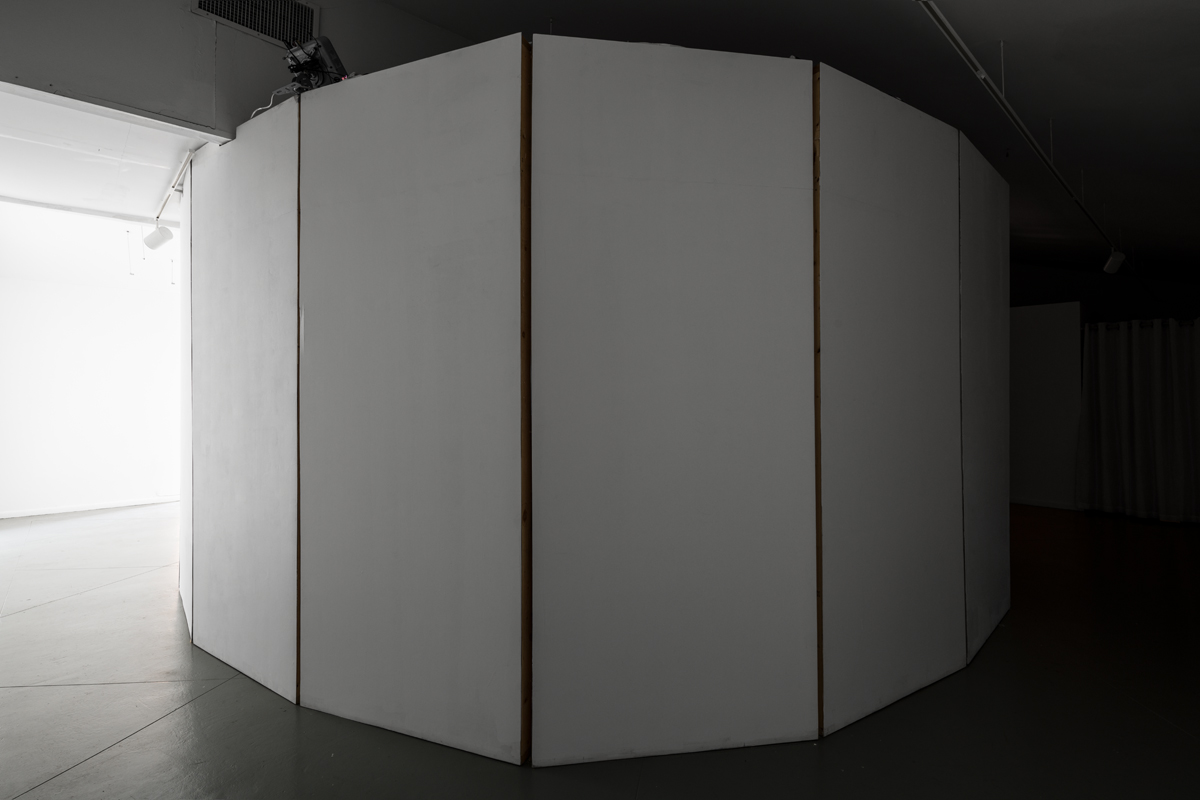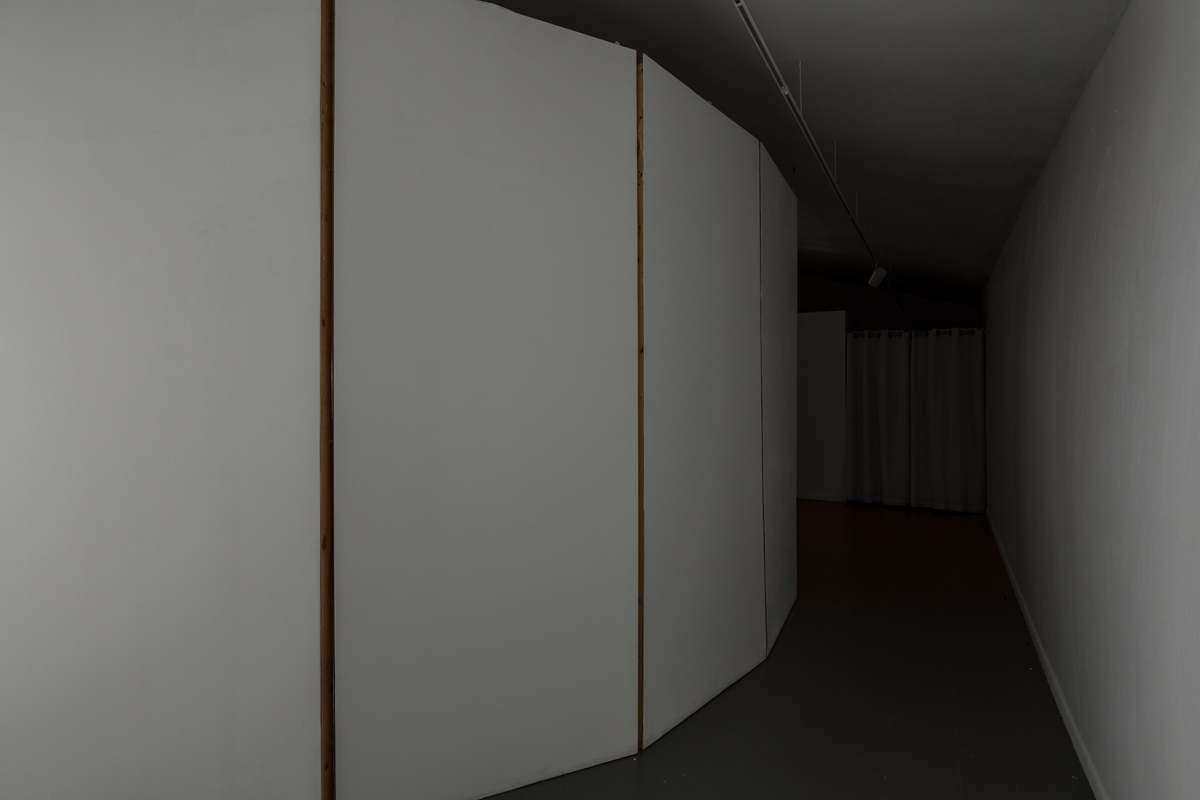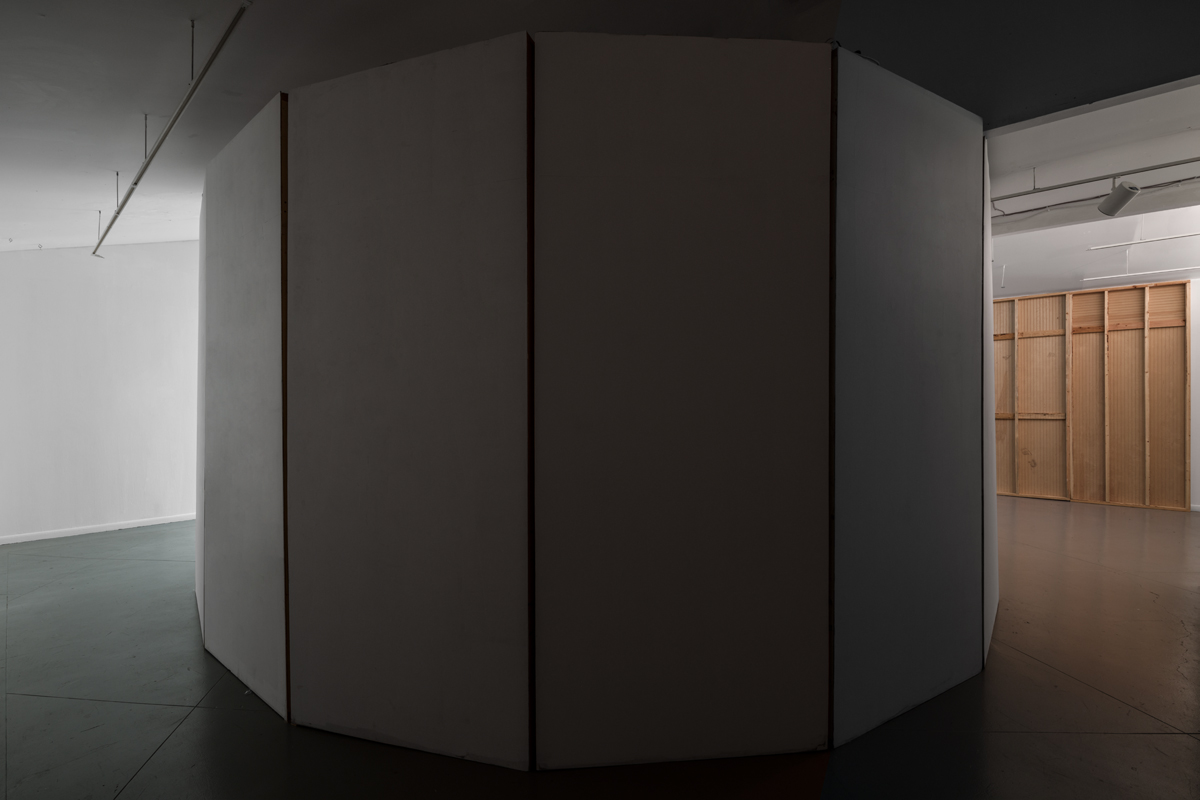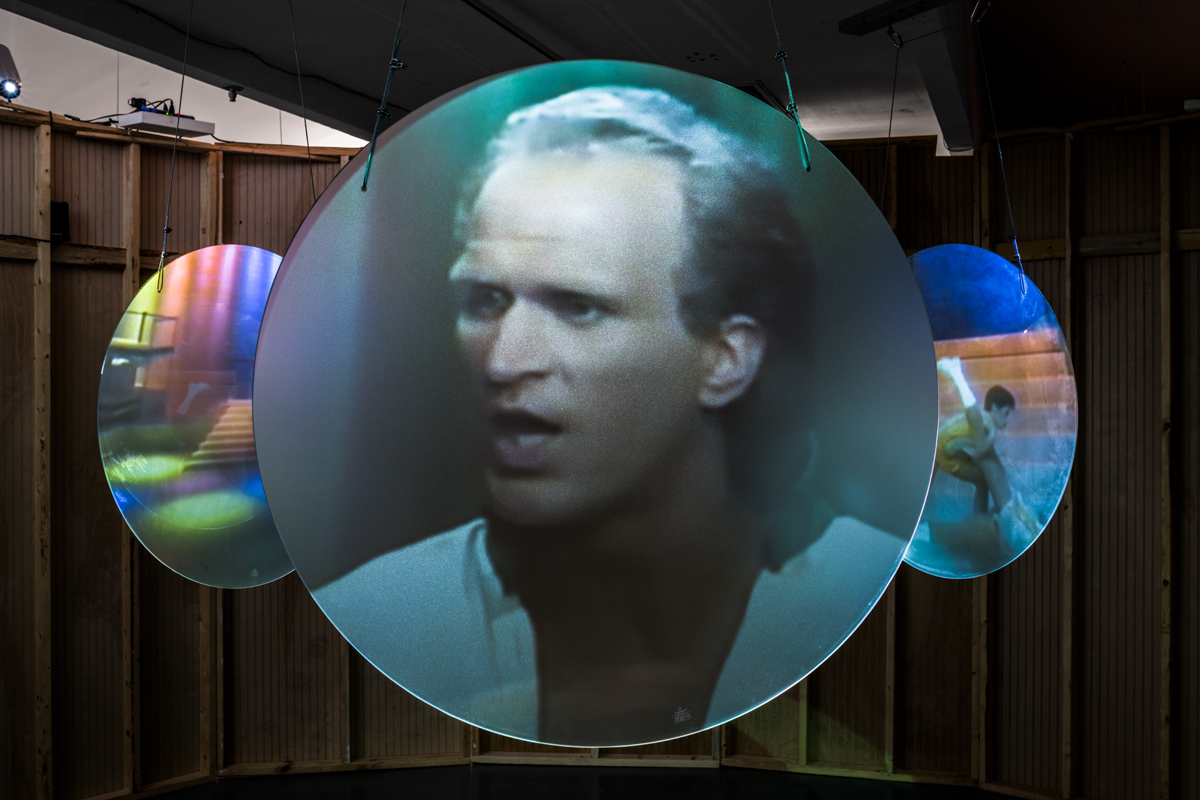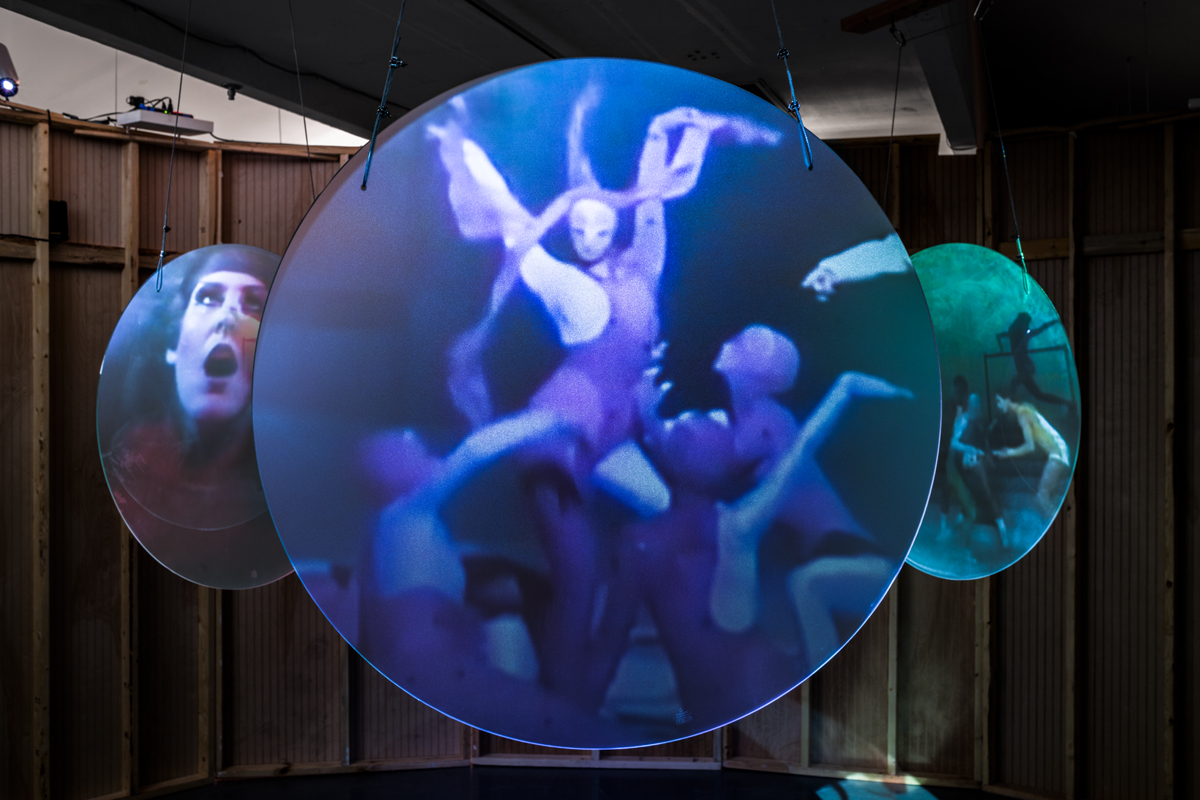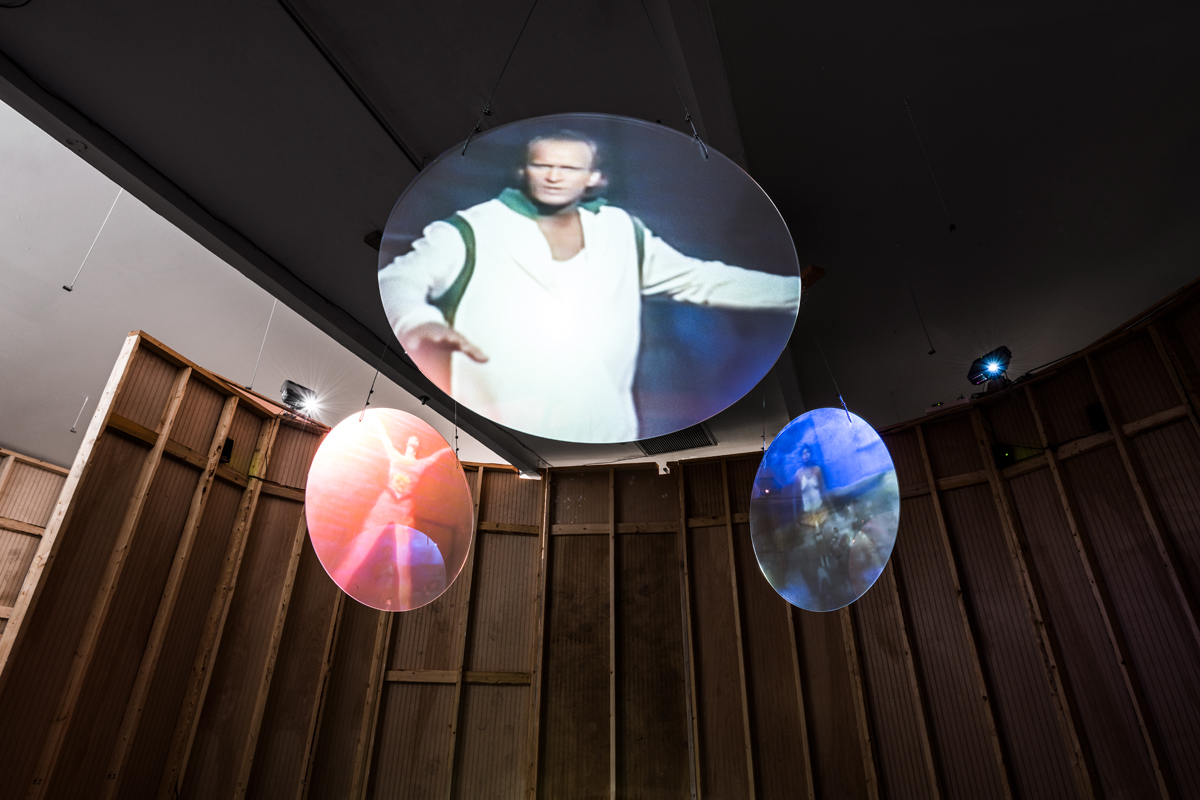Art League Houston is excited to present Complex 3, an exhibition by Austin-based artist, curator, and writer Seth Orion
Schwaiger. This exhibition is part of an ongoing series of projects with the artists' collaborative partner Elizabeth
McDonald Schwaiger, exploring ideas of intrinsic and assigned value, with an increasing focus on the value and quality of
non-linear thought. The works in the exhibition include architectural intervention, labyrinthine installation, and doubling
of imagery and symbols as a strategy to pull the implied line of traditional exhibition viewing back in on itself. The
looping or spiraling of information produces a unique environment that challenges the viewer's proclivity to process
information in a way that speaks to a more outcome-driven, practical, algebraic, cause and effect way of thinking.
Complex 3 is Schwaiger's first solo exhibition in Houston and his most transparently autobiographical exhibition to date.
Here, Schwaiger transforms the gallery space into a spiritual quarantine, a space isolated through sonic and architectural
means, in which a dark, yet comical image from the artist's past can be processed in relative psychological safety. The
centerpiece of the exhibition is an obscure video of an interpretive dance produced by the Midwestern Christian cult
The Way International in 1986 in which their unique spiritual mythology is articulated through nylon clad performers —
including the now disgraced former Way President the Reverend L. Craig Martindale who stars as the protagonist of this
baffling film.
By opening this sensitive memory, reexamining the absurdity of his own past, and presenting the imagery of it in a
physical way analogous to the mental structures and processes that surround trauma, Schwaiger invites the viewer to
consider absurdity and pointlessness — to consider elements that add up to nothing, or to less than the sum of their
parts. It is an invitation to take in existence without the overwhelming desire for it to make sense, to consider one's own
past without making every moment integral or necessary, and, in the end, to undo these very same conclusions by
putting such pointlessness at the center of thought. It is an invitation into the artists own private mental space.
-Houston Art League
